Collection

Our analysis on the choices facing the Chancellor leading up, during and after the 2023 Spring Budget.
Event: 16 March 2023 from 10:30 to 12:00
Materials from the event
Opening remarks as a PDF document
PDF | 154.24 KB
Public finance risks - slides by Carl Emmerson
PDF | 306.44 KB
Changes to the tax system - slides by Isaac Delestre
PDF | 67.21 KB
Reforms to health-related benefits - Slides by Tom Waters
PDF | 137.09 KB
Presented with a somewhat better fiscal outlook than he faced in November – but still much worse than expected a year ago – Mr Hunt decided to spend the larger part of this windfall. Note the difference with what happened in November. Then the forecasts got much worse but he lived with the extra borrowing. That’s how borrowing can ratchet up.
The two big ticket items were a childcare offer for the under threes, and temporary full expensing for investments in corporation tax. There was more money for defence and the traditional, and this time particularly expensive, cut in the real-terms level of fuel duty.
As far as the economic forecasts are concerned, the OBR was much more positive than the Bank of England, and than many other forecasters, about medium-term growth. The chancellor should be grateful for that small mercy.
Nevertheless, the overall outlook for the public finances still looks difficult. Tax continues to rise to its highest ever level, and to much higher levels than in recent decades. Yet even with very tight spending pencilled in from 2024, debt is barely falling. That’s because a high debt level, high debt interest payments, additions to debt that are not included in borrowing, and sluggish nominal growth, make it hard to get debt on a decisively downward path. To quote the OBR “it is now harder for this Chancellor to deliver a falling path for the debt-to-GDP ratio in the medium term than it has been for any of his predecessors since the OBR was established in 2010”.
As a result, Mr Hunt was hemmed in by his own fiscal target to get debt falling in the last year of the forecast period. While its level is expected to be lower than in November, its trajectory remains stubbornly flat. That has led him to rely on a combination of tight spending plans, imaginary future increases in fuel duties, and a fiscal gain from unwillingly undoing his corporation tax change at the end of the period, in order to appear to meet this rule. This is not a terribly sensible way of being guided by such rules.
That said this budget laid out some elements of a sensible strategy to support growth. There is plenty to quibble with, but if you want to focus on growth there is at least some of what you might want here, attempting to deal with incentives to work and to invest.
Much of the focus was on getting more people back to work. The OBR rewarded the chancellor by suggesting he might have some success in this. But the numbers are modest. If the total effect of the measures is indeed to get just over 100,000 more people into work as the OBR suggests – and that is very uncertain – that would be just a fraction of the number lost from the workforce in the last couple of years. It is dwarfed by annual net immigration numbers assumed at 245,000. Even the change in assumptions about migration increases the numbers in work by 160,000 over this period. The OBR reckon the overall labour supply package will cost around £7 billion a year and increase employment by around 110,000. That’s a cost of nearly £70,000 per job.
If this budget is remembered for anything, and it should be remembered for this, it will be for the extension of free childcare to working families with children under 3. This is a major expansion of the welfare state. At the start of the century very little pre-school childcare was paid for by government. We will soon be spending over £8 billion a year, with the government paying for over 80% of all formal childcare for pre-schoolers in England. That brings risks for the childcare market, if provision is not funded appropriately. But it also reflects a major change in both the scope of the welfare state and our expectations of what it should provide.
The impact this will have on labour supply is highly uncertain, though the OBR score it as the biggest policy contribution to increasing numbers in work. The main effect will be to reduce the cost of childcare for those working parents who would have paid for childcare anyway. While there are also welcome reforms to ease life for Universal Credit claimants making use of childcare, this is the logical end point of a journey which started by focussing on early education and reducing inequalities at the start of school, but has ended with an overwhelming focus on providing childcare to working families to reduce their costs and allow more parents to work. There has been a big shift from spending on poor children to a universal offer for those with working parents.
One policy that probably won’t play a big part, if any, in increasing the number of people in work, is the increase in the pension tax annual and lifetime allowances. Even on OBR’s, in my view optimistic, assumptions this will come in at £80,000 per job. There is a case for allowing people to save more in a pension, even if those who gain will generally be on high incomes up to £250,000 a year or more. While it was sensible to accompany this change with a limit on the size of the tax-free lump sum to 25% of the existing lifetime allowance, it was disappointing that other over-generous aspects of pension taxation – not least complete freedom from inheritance tax – were not reined in. The lack of any coherent strategy here remains deeply disappointing. Don’t forget these changes are largely a rowing back on changes made just a few years ago by this government.
Somewhere else where, over recent years, there has been a complete lack of apparent long-term strategy is corporation tax. Not only have we had the main rate taken all the way down to 19% and then all the way back up to 25%, but we have had ever changing policy on other aspects.
Moving to full expensing of plant and machinery investment, as proposed yesterday, makes some sense. But. First, if this was the direction of travel it should have been announced when the higher rate of corporation tax was announced. What possible excuse is there for making a change of this scale – and it is a big change – fully two years after the announcement of the rate change, leaving companies ignorant of what was to come next? Second, formally doing it temporarily, whilst claiming an ambition to make it permanent, only adds to the uncertainty in the system. This appears to have been done largely to help meet the debt rule. This really is the tail of a badly designed fiscal rule wagging the dog of fiscal policy. Government needs to learn that stability and consistent long-term strategy are vital for companies looking to invest and therefore for securing better living standards.
Third, this change will only apply to investment in certain assets and will actually end up providing a big subsidy for debt-financed investment. That is not a good thing. There is much more about the corporate tax system which needs sorting out.
The other substantive policy aimed at increasing numbers in work is the plan to end the so-called work capability assessment for disabled recipients of universal credit. Instead, the health assessment currently used for a totally different benefit – personal independent payment (PIP), available to help with the extra costs of living associated with disability, irrespective of income or work status – will now serve a dual purpose, by also determining whether those on UC can get additional means-tested support in light of their health condition. This is a potentially radical, but also risky, policy. The idea is that capability for work is not a simple binary, and those with health conditions that only partially limit their capacity for work should get support without facing such strong disincentives to find a job. The dilemma is the following. About a million people on UC are deemed to have work-limiting health conditions but are not on PIP. Under these proposals 600,000 of them could end up losing £350 a month, and 60% of these have mental health problems. To avoid that, the government could widen eligibility criteria for PIP. But remember that PIP is also available, irrespective of income or work status, to far more than those now on UC. So the potential for yet further upwards pressure on disability benefits spending would be considerable. It is the non-means-tested disability benefit caseloads that have been on a rapid and long-term upward trajectory. Even more benefit spending decisions are now to be loaded on that part of the system.
In sum, very careful design is needed to avoid either runaway spending or hitting low income sick benefit recipients, or potentially both.
What about the rest?
There was the inevitable fiscal sleight of hand. The pretence that fuel duties will always rise next year, when they never rise this year, is becoming increasingly wearisome. It makes a bit of a nonsense of the fiscal forecasts. If you can’t even undo a supposedly temporary 5p a litre cut to duty when the price at the pump has fallen by something like 40p you might as well admit defeat.
There was no discussion of public spending. The Chancellor left his post-2025 spending plans for public services unchanged in cash terms. Ever so slightly higher inflation in the OBR forecast reduced the real-terms growth rate associated with those from 1% per year to 0.9%. Some additional spending on childcare and defence takes the growth rate back up to 1%. In that sense, nothing has changed since the autumn – we’re back where we started in terms of overall generosity. But within that, we’re now going to spend more on childcare and defence. So, outside of those areas, real spending plans are even tighter than announced in November.
We got no announcements on public sector pay. It seems implausible that there won’t be extra money available. You can’t keep cutting the pay of teachers, nurses and civil servants, both in real terms and relative to the private sector, without consequences for recruitment, retention and service delivery. Money will have to be found from somewhere. Perhaps the Chancellor will dip into his £14 billion Reserve for next year to fund a one-off or backdated pay award. More generally, the argument that this is not affordable founders on the fact that Mr Hunt found £20 billion a year yesterday for other things. This is a question of choices and priorities.
Finally, what households are going to feel over the next year will be continuing pain. Inflation may be coming down, but prices remain much higher than two years ago. Earnings haven’t caught up. The freezing of income tax and NICs allowances and thresholds will cost most basic-rate taxpayers £500 next year and most higher-rate payers £1000. The OBR may be relatively optimistic about the medium term, but it still thinks these will be the worst two years on record for household incomes. Its projections suggest that real household disposable incomes will be no higher in 2027 than they were in 2019, and barely higher than in 2017 – a lost decade for living standards.
The OBR’s optimism on the economy may not be widely shared for a little while yet.
Budget analysis
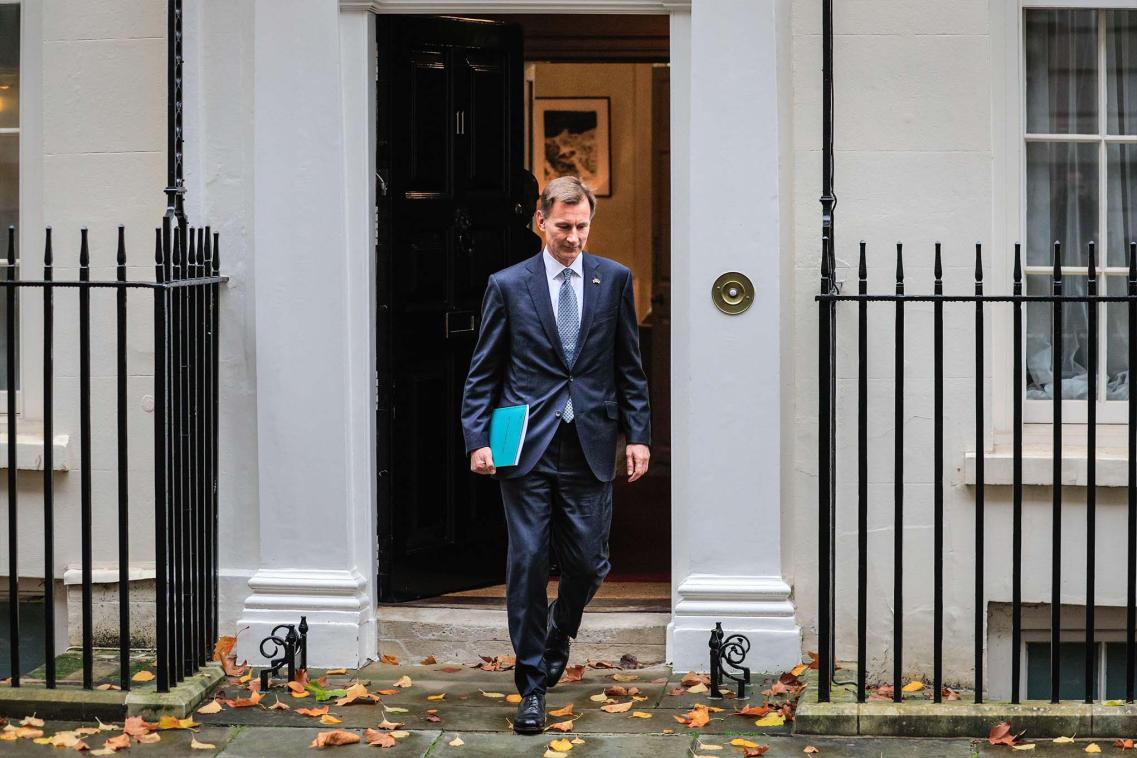
The Spring Budget explained
16 March 2023
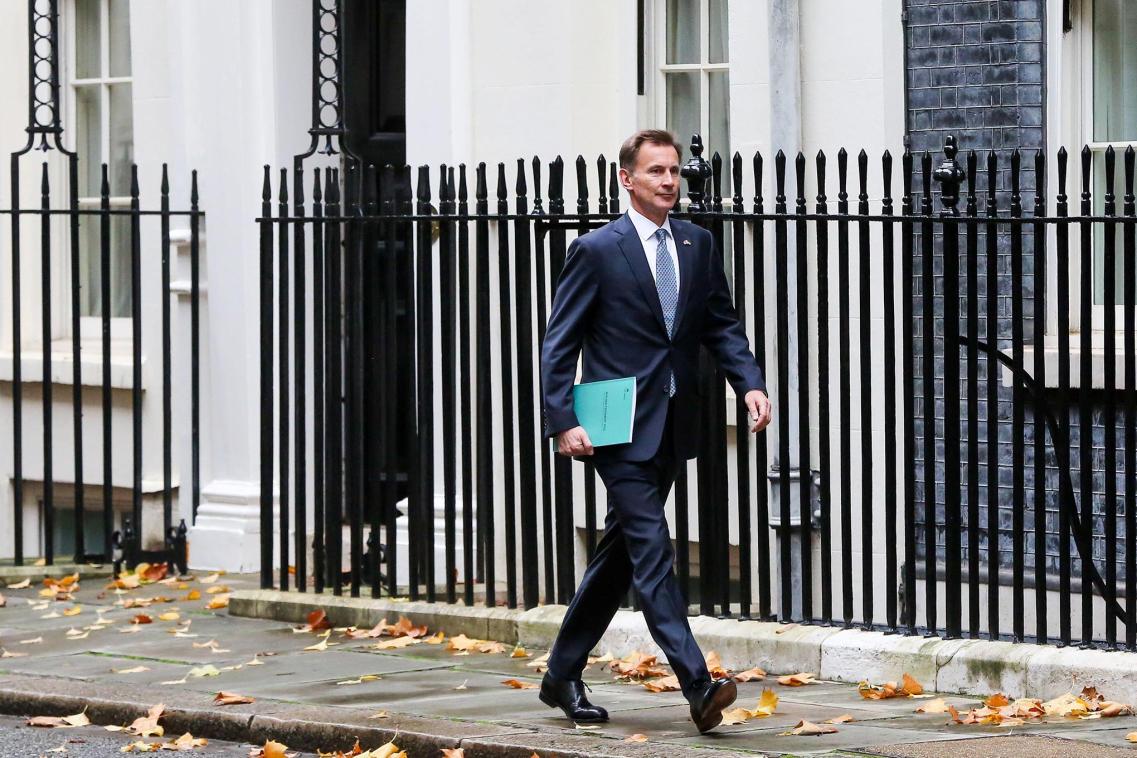
Spring Budget 2023 response
15 March 2023

Childcare reforms create a new branch of the welfare state - but also huge risks to the market
15 March 2023
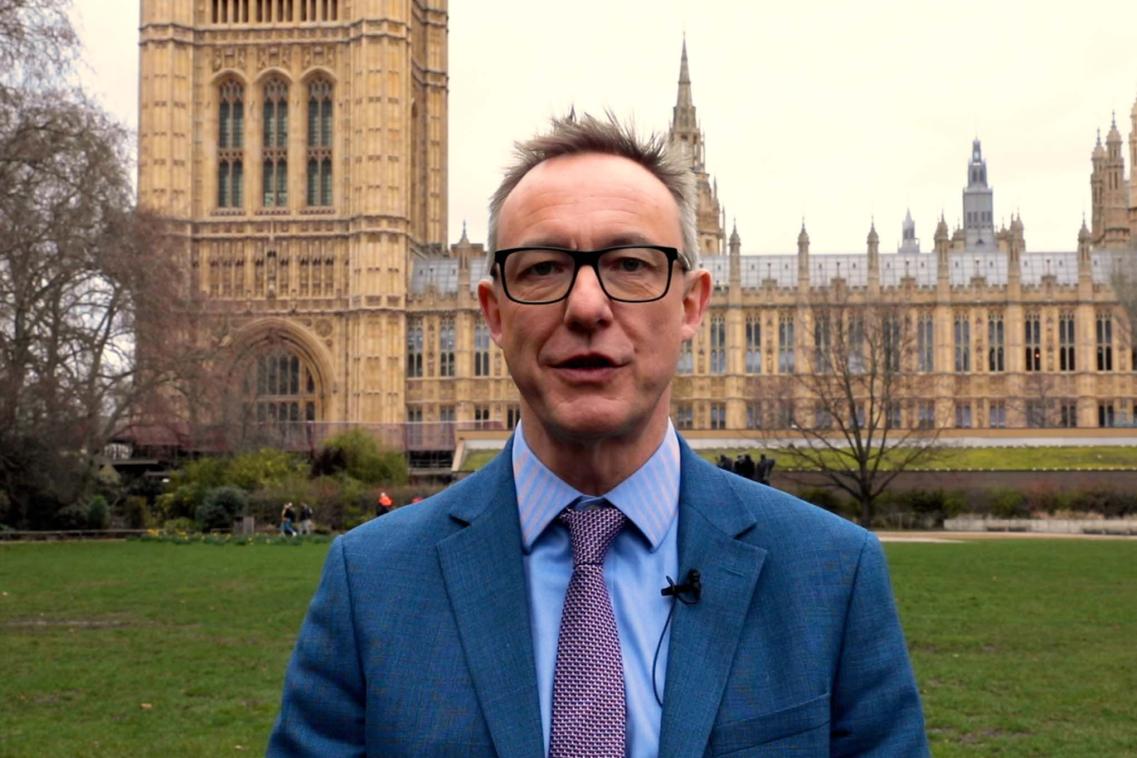
Spring Budget 2023 explained
15 March 2023

IFS responds to increase to lifetime allowance for pension savings
14 March 2023
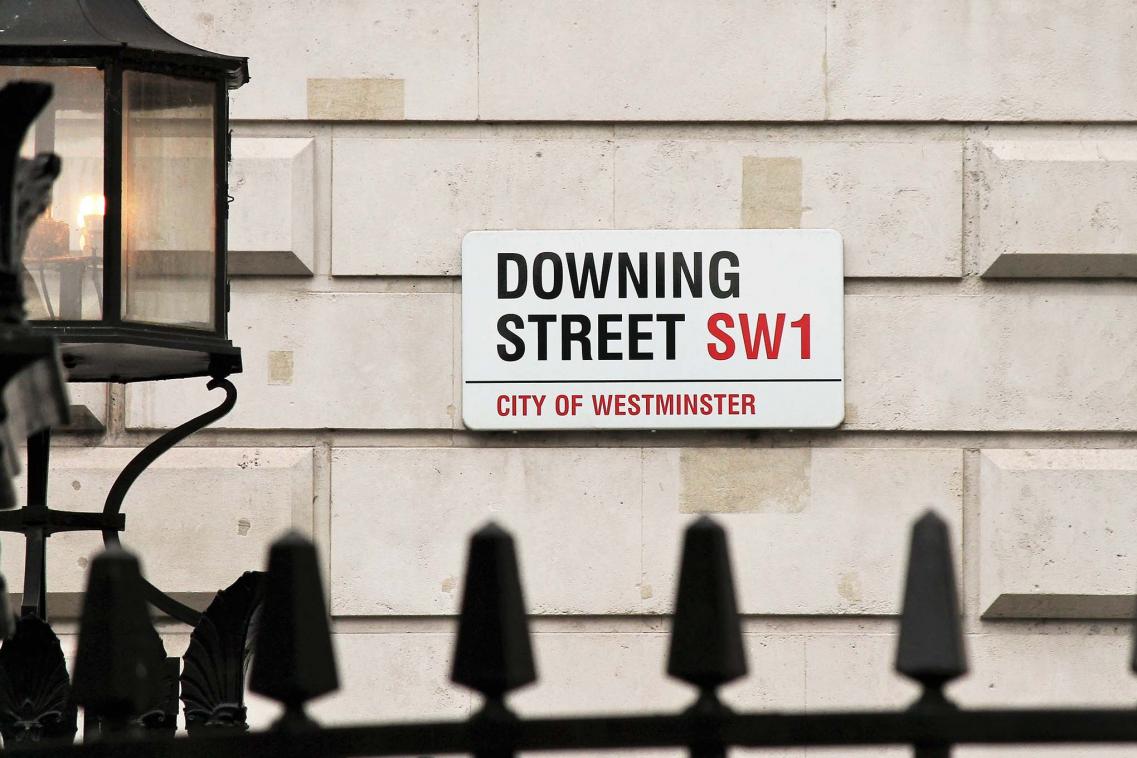
At last, we are back to a normal budget, but don’t expect many treats
13 March 2023

Response to government childcare announcement ahead of Budget
12 March 2023

Freeports and Investment Zones – what sorts of things should we consider when assessing whether they are good policy?
10 March 2023

Early years and childcare in England: Public spending, private costs, and the challenges ahead
8 March 2023
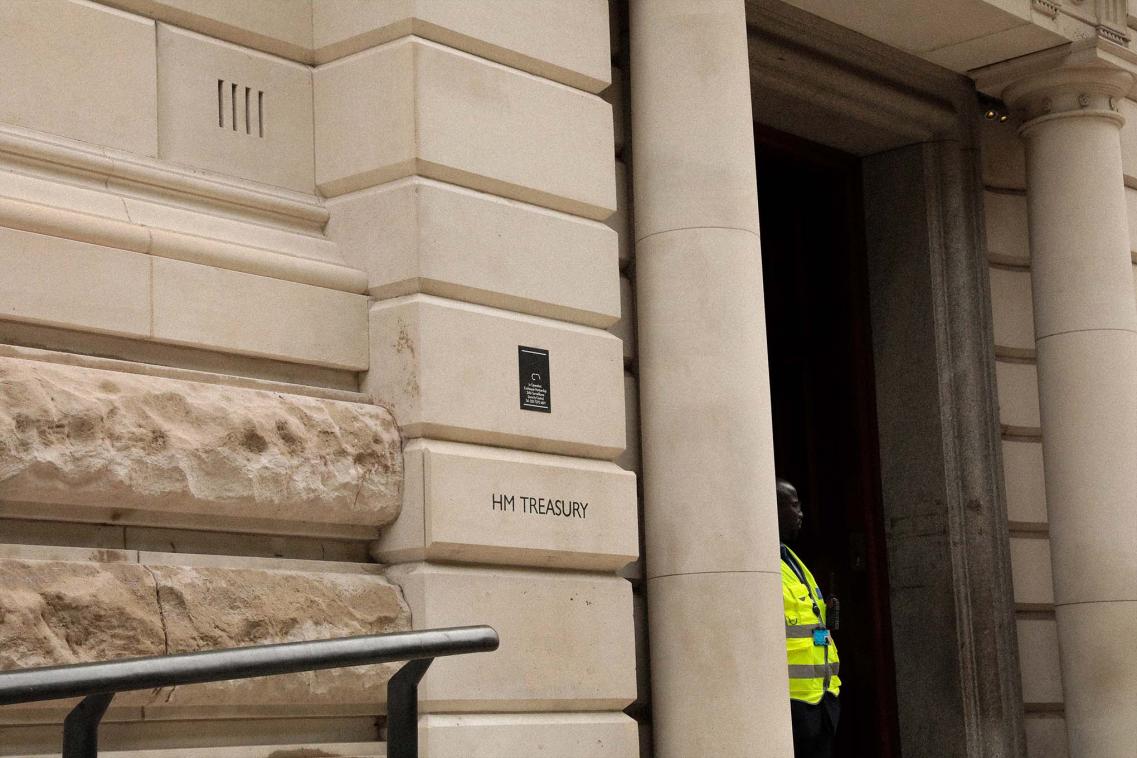
The fiscal backdrop to Spring Budget 2023
28 February 2023

Public finances may be improving, but personal circumstances certainly are not
27 February 2023

The cost of living crisis: a pre-Budget briefing
22 February 2023
Previous event
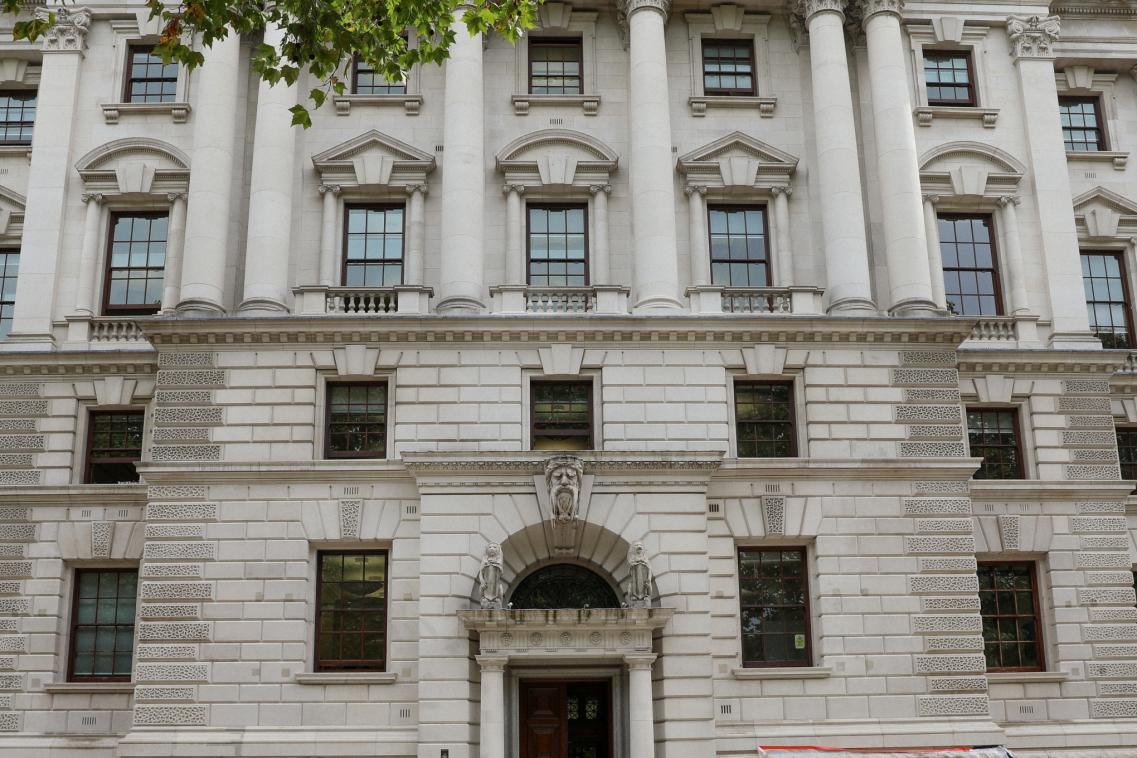
Spring Budget 2023: the challenges ahead
Background

Are high energy prices here to stay?
8 March 2023

IFS response to new public finance figures
21 February 2023

IFS Green Budget 2022
11 October 2022

The changing cost of childcare
We discuss how the cost of childcare has changed over time, and how it varies across the country and between different types of families.
20 May 2022
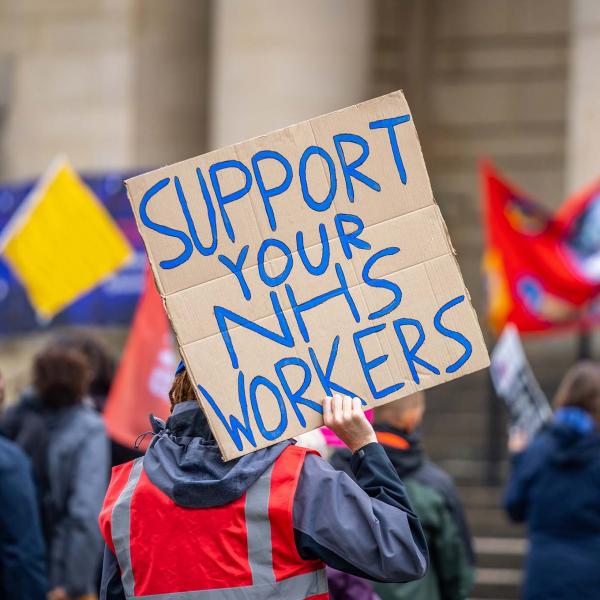
Strikes, Budgets, Brexit and elections: a look ahead to 2023
11 January 2023

What has happened to teacher pay in England?
11 January 2023

New data show signs of over 50s returning to the workforce
2 March 2023

NHS funding, resources and treatment volumes
14 December 2022
Collection details
- Publisher
- Institute for Fiscal Studies
More from IFS
Understand this issue

Public investment: what you need to know
25 April 2024

The £600 billion problem awaiting the next government
25 April 2024

Should we worry about government debt?
11 April 2024
Policy analysis

Oil and gas make Scotland’s underlying public finances particularly volatile and uncertain
27 March 2024

Recent trends in and the outlook for health-related benefits
19 April 2024

4.2 million working-age people now claiming health-related benefits, could rise by 30% by the end of the decade
19 April 2024
Academic research

6th World Bank/IFS/ODI Public Finance Conference | Driving Progress: Public Finance and Structural Transformation

Call for papers: 5th World Bank/IFS/ODI Research Conference
3 April 2023

Do work search requirements work? Evidence from a UK reform targeting single parents
1 February 2023